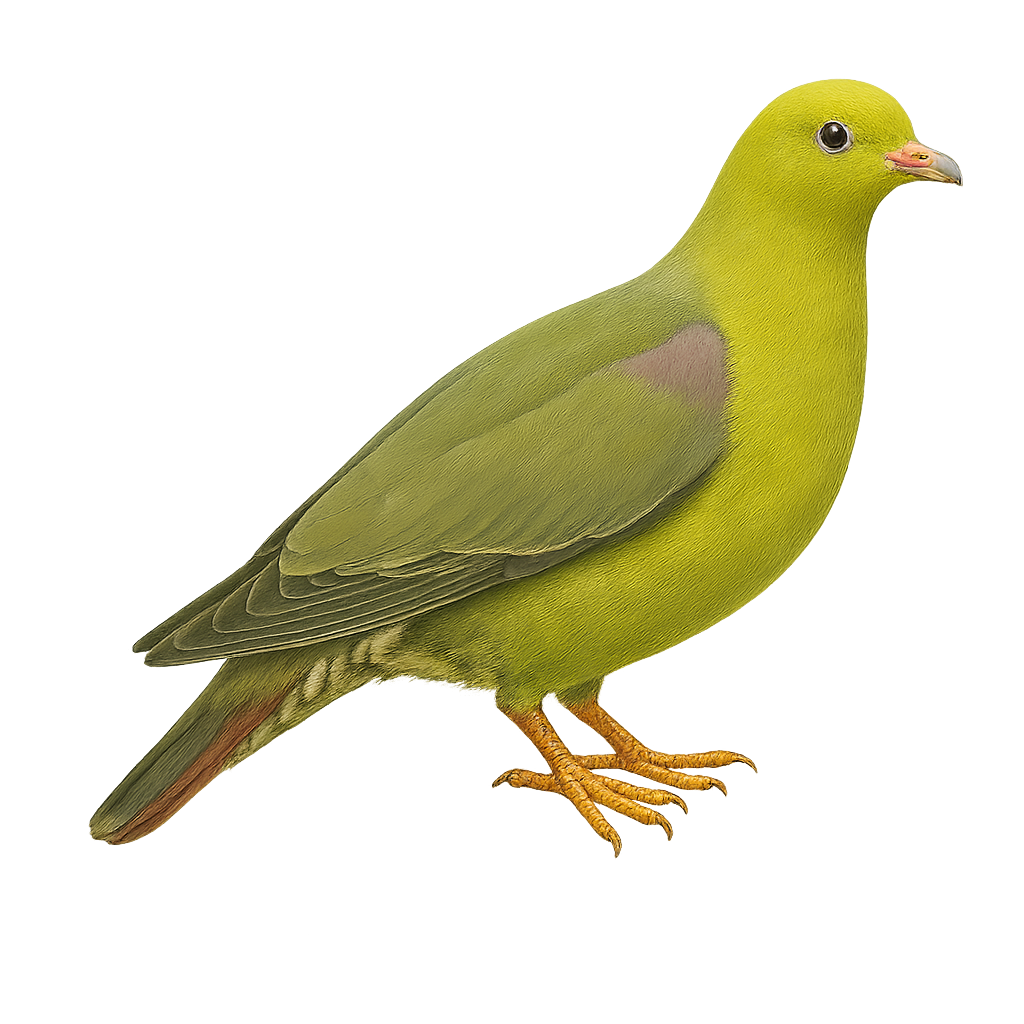Your wildlife photography guide.
Explore the madagascar green pigeon in detail, study its behavior, prepare your shots.
Where to observe and photograph the madagascar green pigeon in the wild
Learn where and when to spot the madagascar green pigeon in the wild, how to identify the species based on distinctive features, and what natural environments it inhabits. The WildlifePhotographer app offers tailored photography tips that reflect the madagascar green pigeon’s behavior, helping you capture better wildlife images. Explore the full species profile for key information including description, habitat, active periods, and approach techniques.
Madagascar Green Pigeon
Scientific name: Treron australis

IUCN Status: Least Concern
Family: COLUMBIDAE
Group: Birds
Sensitivity to human approach: Suspicious
Minimum approach distance: 10 m
Courtship display: October to December
Incubation: 14-16 jours
Hatchings: October to January
Habitat:
Tropical forests, mangroves, wetlands
Activity period :
Primarily active during the day, with peak activity in the morning and late afternoon.
Identification and description:
The Treron australis, or Madagascar Green Pigeon, is a bird species endemic to Madagascar. This pigeon is notable for its bright green plumage, which provides excellent camouflage in the island's tropical forests. It has a sturdy beak and short legs, well-suited to its arboreal lifestyle. The Treron australis primarily feeds on fruits, playing a crucial role in seed dispersal within its habitat. It is often seen in small flocks, moving quietly through the canopy. Although its conservation status is concerning due to deforestation, it remains relatively common in protected areas.
Recommended lens:
400 mm – adjust based on distance, desired framing (portrait or habitat), and approach conditions.
Photography tips:
To photograph the Treron australis, it is advisable to use a telephoto lens of at least 400mm to capture detailed images without disturbing the bird. Look for areas where the pigeons feed, often early in the morning or late afternoon when the light is soft. Be patient and discreet, as these birds can be suspicious. Use a tripod to stabilize your camera and adjust the ISO settings to compensate for low-light conditions under the canopy.
The WildlifePhotographer App is coming soon!
Be the first to explore the best nature spots, track rutting seasons, log your observations, and observe more wildlife.
Already 1 439 wildlife lovers subscribed worldwide

